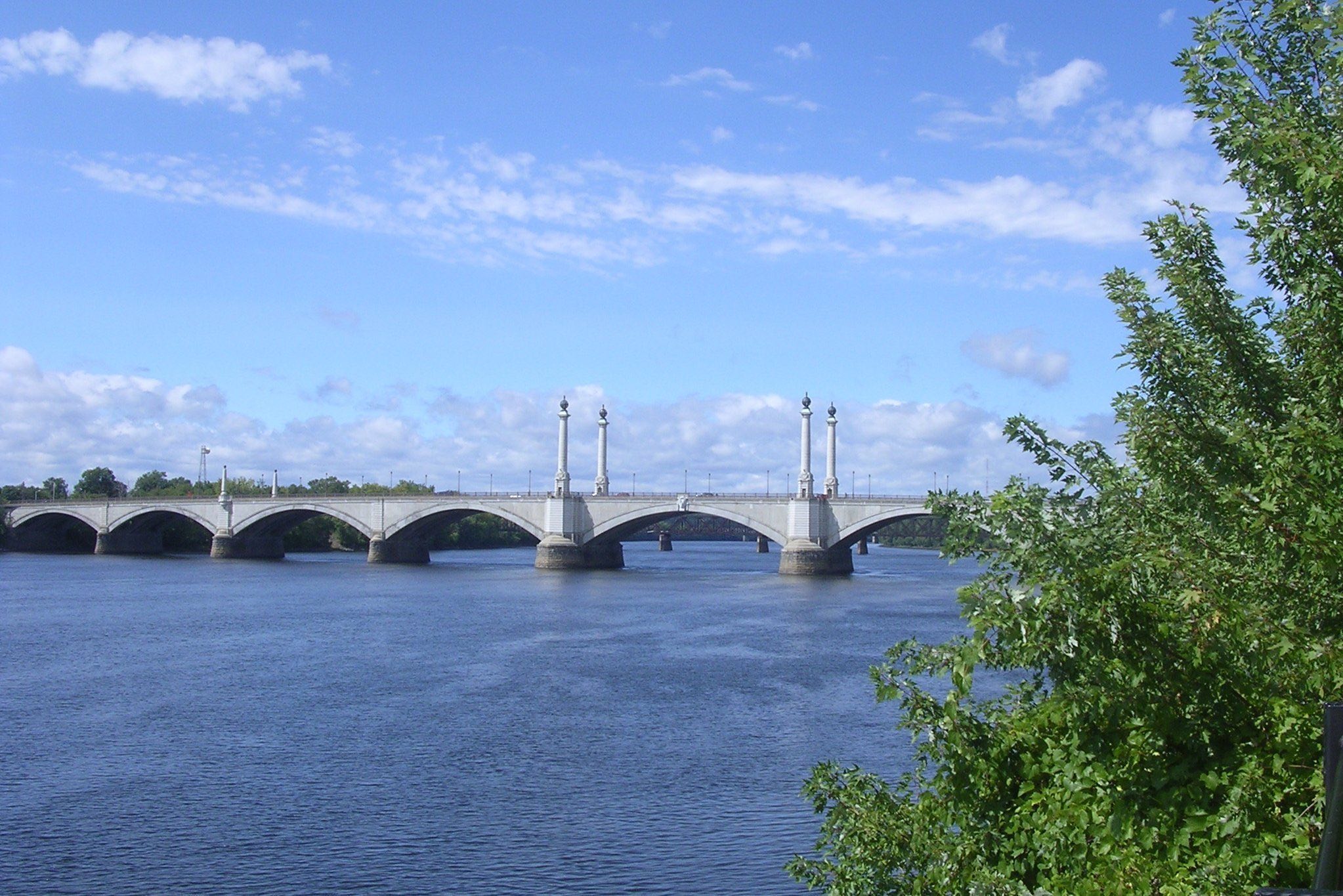Have a story idea
Have a story idea? Send it to us here.

Source : Wikimedia
September 9, 2022
Author : Patty Allen
If you are a motorist traveling across the Bay State, you must have noted the deplorable state of the bridges.
A new report from a Boston think tank urges investment in the state's bridges, as 8%, or 1 out of 12, are deemed "structurally deficient." The Massachusetts Budget and Policy Center (MassBudget) examined the Massachusetts Department of Transportation's bridge statistics and determined that 644 of the state's 7,880 bridges are structurally poor.
596 additional bridges have load restrictions that limit the weight of vehicles permitted to cross. Weight-restricted bridges can also delay the response time of emergency vehicles like fire trucks, which is an issue in rural areas.
MassDOT says bridges are examined every two years. If faults are found, inspections are more frequent. It prioritizes bridge repairs and replacements based on their condition, relevance to local traffic, and other considerations such as the kind of route, amount of traffic, and length of detours.
A bridge with structural deficiencies is not in imminent danger of collapsing. Yet, the state defines it as having at least one significant load-bearing component severely damaged and needing replacement.
The study revealed that the typical Massachusetts bridge is significantly older and in poorer condition than bridges in any other state. Each day, 14.3 million automobiles and trucks traverse bridges with structural deficiencies.
Seven of the 20 bridges with the highest daily traffic volume are railroad bridges carrying MBTA and Amtrak trains. According to the research, state residents live within 2 miles of the nearest structurally deficient bridge, but for people of color, the average distance is 1.3 miles.
There are several reasons why Massachusetts bridges are in such poor condition. First, severe winters hitting the state lead roads to contract and be exposed to salt, accelerating the destruction of bridges.
Secondly, in Massachusetts, the average age of a bridge is 56 years, compared to 44 years nationally. The average age of bridges with structural deficiencies is 73 years. The state is home to a lot of old bridges.
Their decline will accelerate if nothing is done, suggests the recent MassBudget report. According to the analysis, climate change will cause more flooding, erosion, precipitation, and extreme weather that our bridges are not designed to resist.
Because of their increased daily use, urban bridges may be more stressed and affect even more people when they fall into disrepair. Rural bridges in small towns are less likely to be repaired quickly, especially if the town owns the bridge rather than the state.
According to the report, the state is divided into six regions: Northeast, Greater Boston, Southeast, Central, Connecticut River Valley, and the Berkshires.
344 (or 52% of the 644 defective bridges) are located in the Central, Connecticut River, and Berkshire regions, three locations west of Metro Boston.
The Connecticut River region has the most bridges (1,658) and the highest number of defective bridges (141). This equates to around 12.5%, slightly higher than the state average. The same area also has the most bridges classed as being in unknown condition, with 131.
After the collapse of the two-lane Interstate 35W bridge in Minneapolis in 2008, Massachusetts focused on bridge safety.
The legislature allocated $3 billion for the Accelerated Bridge Program to upgrade bridges within 8 years. At the time, Massachusetts had 543 structurally defective bridges. Mass DOT rehabilitated or replaced 270 eligible bridges over 8 years, reducing structurally deficient bridges to 450 by 2018.
The author of the MassBudget report, Phineas Baxandall, explains that political urgency has waned since the Accelerated Bridge Program was terminated.
https://twitter.com/bostonherald/status/1565404125126336513 for the decades ahead depends greatly on the decisions we make in the next few years," he writes. "The problem of structurally deficient bridges is serious and widespread, but it is a problem we can choose to fix.”
Category : Department of Transportation Investment in Infrastructure State Government Bridges
